A Minimalist Tries Marie Kondo
Photos by Forrest Anderson
I’m a pretty confirmed minimalist. I wear mostly Muji-style clothes in a limited palette of colors and mostly T-shirts, jeans, neutral sweaters or jackets and black Nikes. I wear my hair in an easy-care bob and typically use just three makeup products. I write notes on plain white legal pads, keep check lists on plain white lined post-it notes and prefer simple fresh food. I like white cotton sheets, creamy white walls, wood floors with no rugs and Shaker-style natural wood furniture. We own one car – a hybrid Prius C that we love for its low gas mileage. I don’t put pictures on my laptop screen. I take plain old walks on a nature trail for exercise. If I hadn't inherited family heirlooms, my house would barely be decorated. Professionally, I live in the Apple computer/tablet/watch ecosystem and love it.
My motivation for keeping to a simple aesthetic is to allow myself the visual space I need for my professional design work.
So when Marie Kondo’s Netflix series on decluttering showed up, I wasn’t sure I could learn much from her. However, I love things Japanese and I happened to be working on a tedious, repetitive project that required me to be brain-dead, so I decided to listen to the series as I worked. This led to me scheduling Marie’s method into my next weekend. I wanted to see how much impact it would have on someone who already follows and loves a pretty minimalist lifestyle.
I also am working on a book about Japanese design and I recognized in Marie Kondo a subset of a post-consumer trend in Japan as the average Japanese household has reduced from 4 to 2.5 members.
Leading Japanese designers and trend setters such as Kenya Hara have written about the importance of simplifying home environments and refining desires to create higher quality products and environments. I see Marie Kondo’s work as part of this trend.
“The obsession with novelty driven by our appetite for consumption has subsided and as our temperature returns to normal, we have the freedom to survey our everyday surroundings honestly,” Kenya Hara wrote in his book Designing Japan. "We want products that fit perfectly into our daily activities.”
He added: “To make a living space beautiful, we must rid it of as many objects as possible."
At some point in Japan’s recovery from World War II, “we began to believe that owning things made us rich," he wrote. But it turns out that an overabundance of things does not bring us comfort.... We actually feel better when we pare things down to the bare minimum. The simplicity of non-possession breeds spirituality and a rich imagination.”
The Japanese, he said, became insensitive to the abnormality of being surrounded by too much. “We should be prepared to throw things out. We shouldn’t see this as mottainai (a Japanese term for regrettably wasteful, almost sacrilegious).”
In addition, “we should be more critical of mass production. We should not take foolish pride in industrial output…. There’s nothing wrong with selling something, as long as it will make the world more pleasant or comfortable, and it’s only natural for people to desire such things. But it is in no way pleasant or comfortable to hoard things that aren’t even useful.”
When environments are simplified, in contrast, those who use them become highly sensitive to the items that remain. “Try removing most of the things cluttering your living space. An unexpectedly beautiful space is likely to appear.”
It is this spiritual and aesthetic aspect of decluttering, which Kenya Hara calls the Richness of Nothingness, that intrigued me about Marie Kondo’s method encapsulated in her book “The Life-Changing Magic of Tidying Up: The Japanese Art of Decluttering and Organizing.”
Marie Kondo’s method is to march relentlessly through your clothes, books, papers, misc. (kitchen, bathroom, garage, etc.) and sentimental items determining whether each item sparks joy in you. If it doesn’t, you thank it kindly and out it goes. This process has been so effective for many that it has made Kondo a household name all over the world and, since the Netflix series aired, has sparked a significant bump in donations to thrift shops across America.
Once you toss the stuff that doesn’t spark joy, you find a place for remaining items where they are all visible when you open a drawer or cupboard or look through a bookshelf. For clothes, that means that you fold them in thirds and file them so that you can see each item in drawers. Here's how the system worked for me:
Clothes
Starting with my clothes, I was surprised to find that I tossed about two bags full and packed two boxes of other clothes to store away. One of the boxes was of easy care clothes that I used while recovering from a recent accident and subsequent surgery. I wasn’t ready to toss them because I have a chronic genetic condition that causes me to get injured rather easily and an accident could be a repeat performance. Instead, I made a handy kit of clothes in case I need them. I was surprised at the sense of relief I got from having it as well as getting the evidence of a past injury out of sight.
The second box I call my Spark Joy box. It contains cute clothes that spark joy and that I am within 10 pounds of being able to wear (I indulged over the holidays). It’s become my reward for achieving my new year’s resolution to get in better shape.
The other major takeaway was Marie's method of folding items in thirds and filing them in a drawer so that you can see at a glance what you own. This brought instant order to drawers, as shown n my pants drawer below.
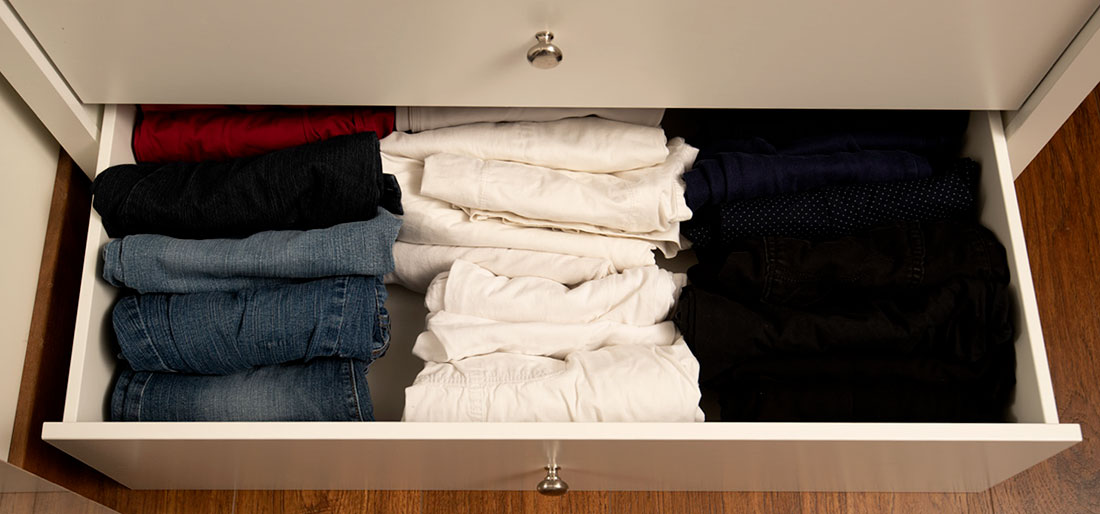
As part of my clothing declutter, I also reorganized my sewing cabinet. I realized that a few fabrics no longer sparked joy or were given to me and I had never liked them. I discarded them, then lined up the others in order of how much joy they sparked in me, so that I will first sew with the fabrics that I enjoy most and then with others that I also enjoy. It was when I was organizing these items that Marie’s magic began to really kick in. I realized that I not only had hung onto items that I disliked, but stored them in the front while my favorite fabrics were crammed in the back. Somehow, I felt obligated to the dubious items, as if giving them prime space made up for my negative feelings about them. It was time for Marie’s polite “Thank you” to them before sending them on their way. As my reorganizing gained steam on this realization, I saw that my accommodating behavior toward items I didn't like was a pattern throughout the house. I was always giving prime real estate to things I disliked and shoving my own preferences to the back. Well, thanks to Marie, not any more.
Here, my drawer of fabrics has my favorite items front and center so I will actually work on sewing projects that are my favorites. I also organized thread and other notions in to go along with my favorite fabrics.
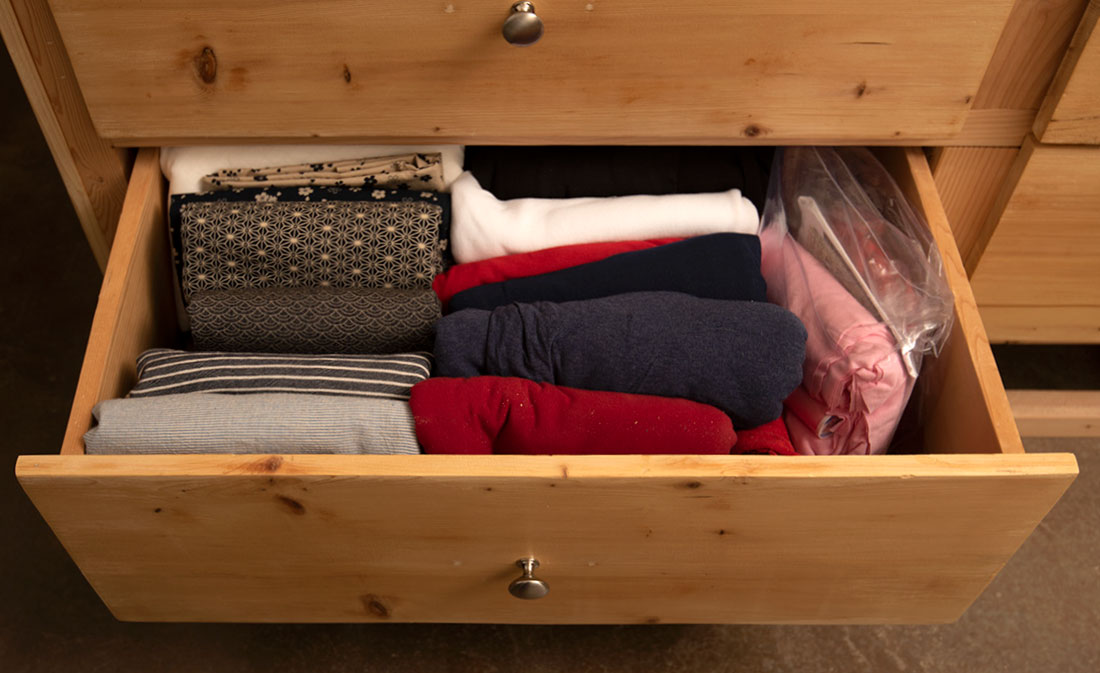

Tossing out things I disliked gave me extra drawers to set up a craft center for gift wrapping and flower arranging, something I have always wanted. I should have been born in Japan, where both crafts are highly developed and popular. It wasn’t until I organized these drawers that I realized that these are the two main crafts in addition to sewing that I enjoy actually doing. I rejected a shelf with embroidery supplies, a large bag of yarn, knitting needles, a knitting machine and a bunch of knitting patterns, all of which most decisively don’t spark joy in me.
I had a wonderful mother who was my best friend and an exquisite embroiderer, knitter and crocheter -- all skills that she valiantly tried to pass onto her awkward, inattentive, left handed daughter. She actually gave up teaching me how to knit in exasperation and sent me over to my left-handed neighbor to teach me how to knit. After I made the obligatory beginners’ scarf, my mother decided I needed to knit a sweater and took me to the store to pick out the pattern and yarn. After unraveling so many botched attempts that the yarn was almost worn out, I finally produced two front sides of a cardigan sweater that were so different in length that she reworked the worst one for me, encouraging and praising me all along the way. Having finally finished the sweater after months of toiling away and unraveling mistakes, I came to the end of my productive knitting career. What I retained was not the skill or interest but the junk associated with knitting. It never occurred to me to throw those items away and not to acquire more – everyone’s home had to have yarn and knitting needles because I had grown up in a happy home that did. When I asked if the knitting gear sparked joy, however, it took less than a minute to replace it on a shelf with vases for flower arranging. A nearby drawer became a ribbon center, a second one a home for flower arranging tools and a long one a place for wrapping paper rolls and gift bags. I chortled in my joy!
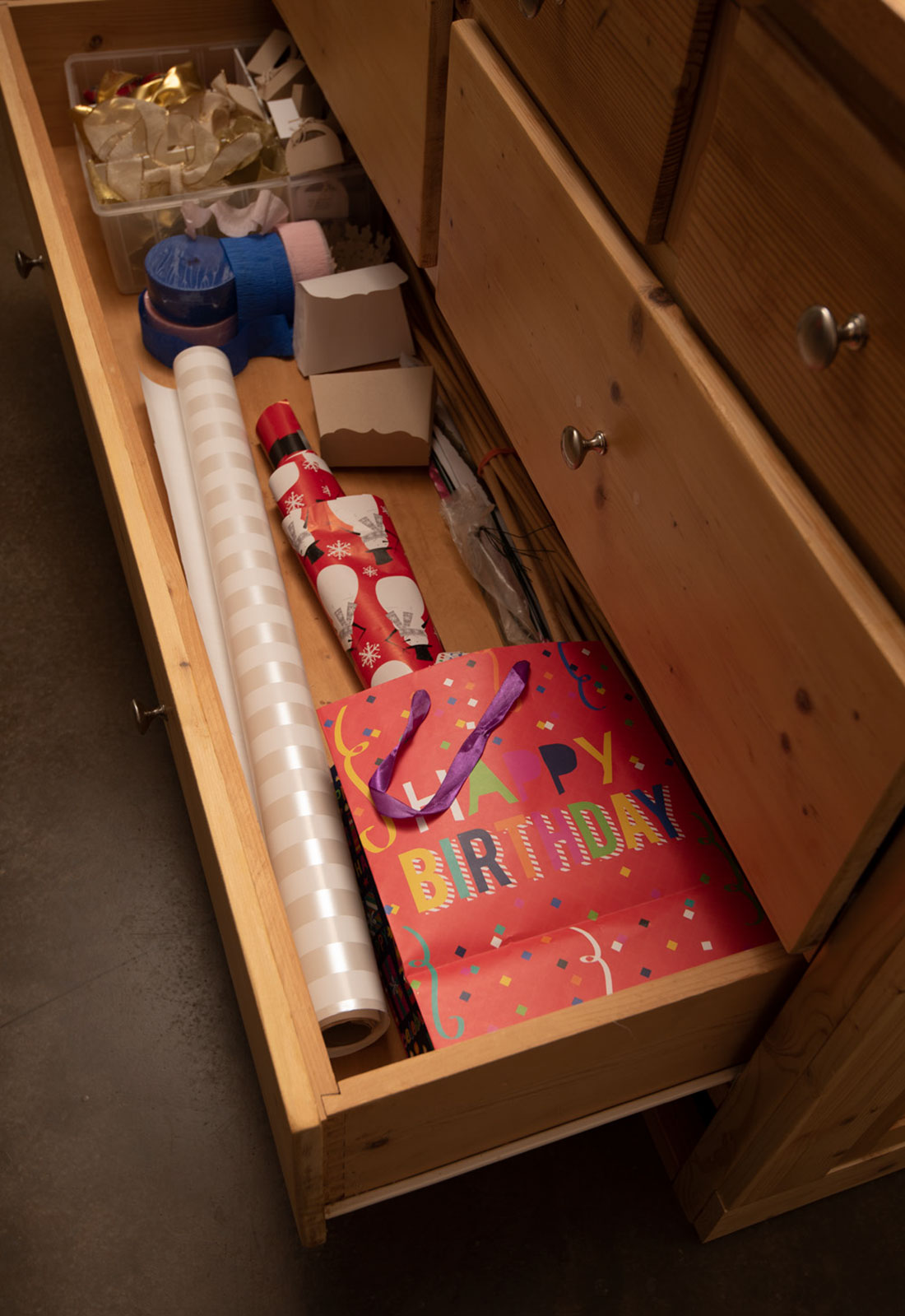
Books
Next, on to books. I thought this would be another piece of cake and it was – some of the best cake I’ve ever had. The few casualties were cookbooks that I long ago extracted recipes I wanted from and books that I now can access online or have internalized and no longer need to read. This latter category gave me a chance to reflect on skills and knowledge that I’ve acquired from them as I thanked them. The best part was that I reorganized the remaining books into specific sections that spark joy rather than scattering books randomly throughout the bookcases. Sparking joy for me meant being related to projects I am planning – mainly books I plan to write or apps I plan to make. My bookcases became a resource for the future rather than a repository of my past.

The most joyful realization I made was in abandoning my long-standing pursuit of calligraphy. I love beautiful calligraphy and long have wanted to become a good calligrapher. However, I found actually doing calligraphy awkward and tedious even though I’m a graphic designer. It was so much easier to do it on the computer. My husband, meanwhile, has great handwriting and recently became interested in calligraphy, which he does beautifully. I joyfully passed my calligraphy books along to him and he just as joyfully received them. I now have what I really wanted all along – my own calligrapher.
Papers
I go through papers annually, so I didn’t expect the process to be transforming. I was surprised to find how much fun it was to toss items I no longer need because I have finished projects involving them or am no longer interested in pursuing them. With a new iPad Pro and accompanying Agenda app, I moved decisively toward a paperless world that has finally enabled me to achieve the long-elusive goal of a clean desk.
Misc. (Kitchen, Bathroom, Garage, etc.)
Kitchen decluttering was fun because I just finished a new cookbook that required a great deal of food testing and I was able to sweep away extra debris associated with that project. And I’m here to say that there are few things that spark joy more readily than a clean garage with only the tools you need in it.

Below, my organized baking center. Tossing some items and ingredients I don't use gave me room to add containers of artisan pizza flour and bread flour for my favorite recipes.
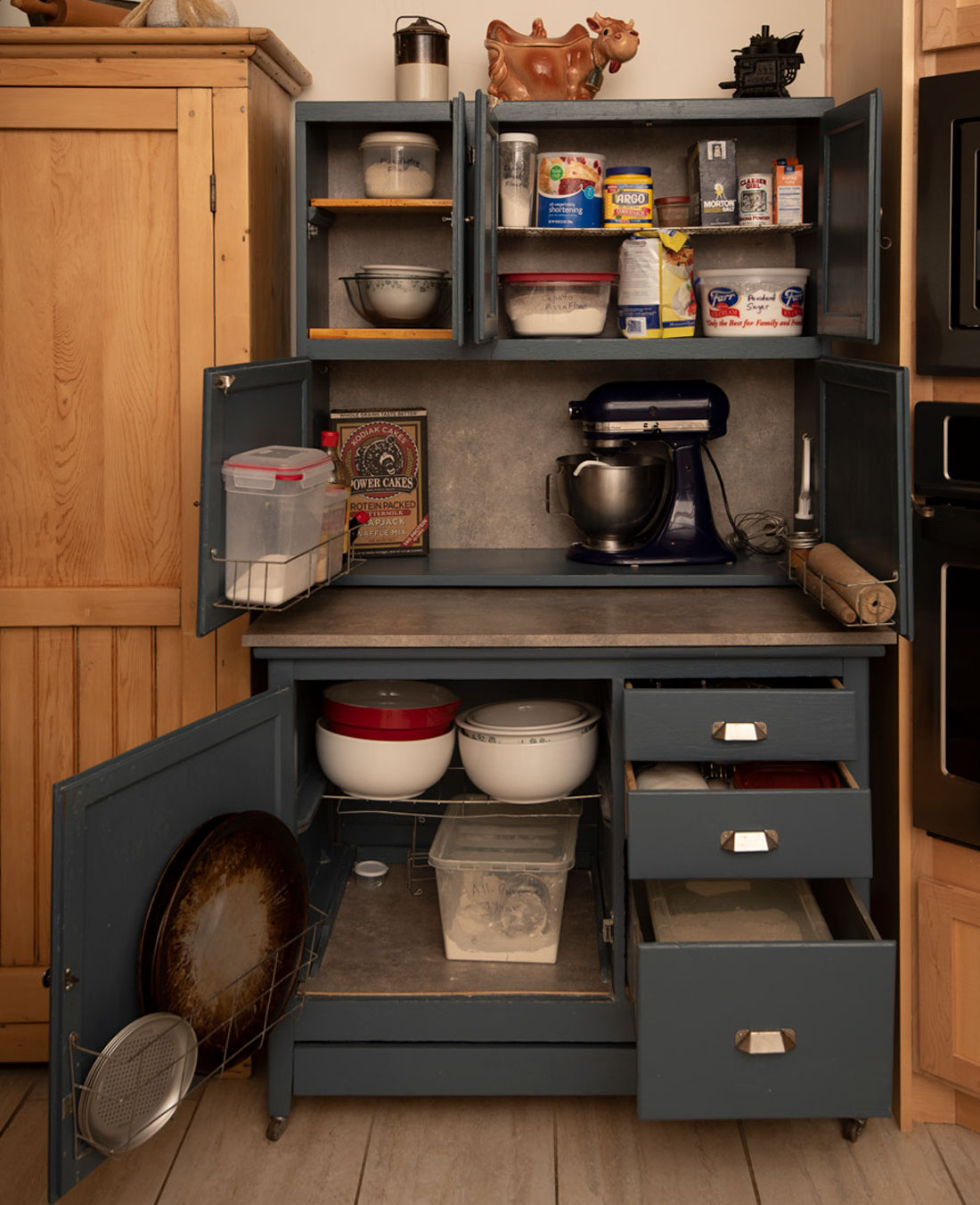
Sentimental items
I started by picking out a few sentimental items and heirlooms that are among my favorites and displaying them in a cupboard in the living room.

After this, I hit a bit of a snag. I'm the youngest child in a large clan that founded several communities and seemingly never threw away a scrap of paper about the process in six generations. I thus inherited a large historical collection from them and because items in it are historically significant whether I like them or not, I need to weigh their general importance against my own preferences. I’m working through them, but it’s going to take a while. Stay tuned for more joy sparking.
Check out these related items
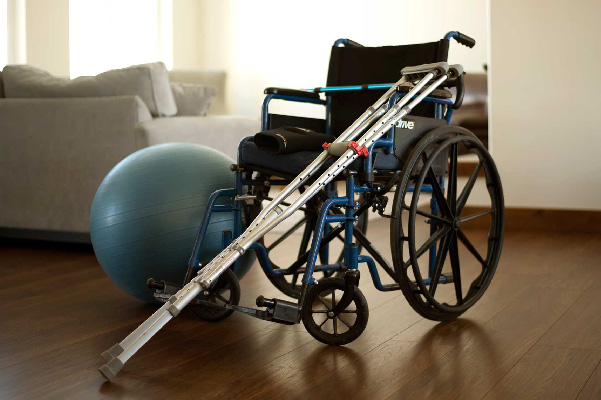
When Simplicity is a Necessity
Simplicity is a necessity for disabled people. The accessible design of some great products exemplifies this characteristic.
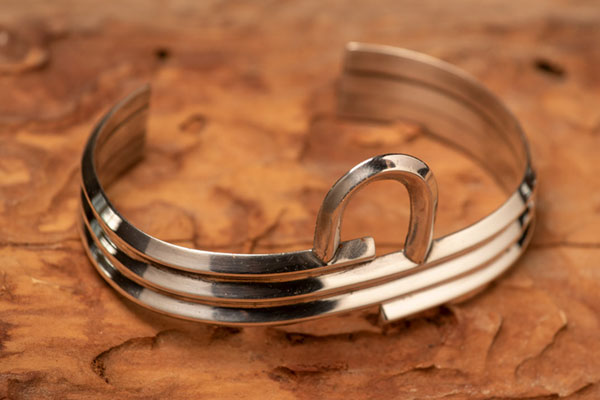
Minimalist Jewelry with Meaning
A silversmith's pared down designs lend understated focus to a minimalist wardrobe and help simplify clothing for a busy lifestyle.
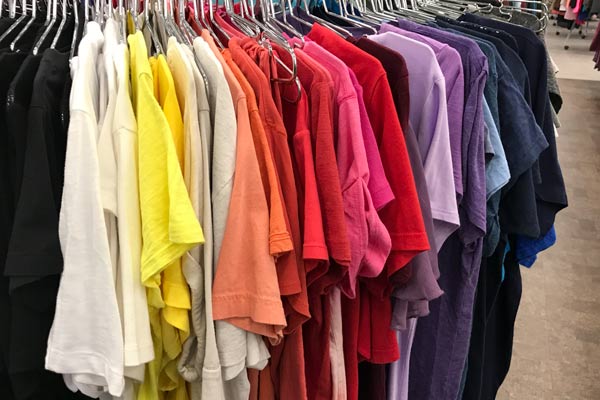
Sustainable Clothing
The trade war with China. Environment degradation. Household debt. To bring all of them into focus, we can look in our closets.

Sustainable Tourism for Holidays
Packing for travel this holiday season should include a primer on how to be responsible, sustainable tourists. Here it is.

Organizing Family Heirlooms
Now that many of us have cleaned out our closets, we need to store heirlooms, photos and documents properly. Here are some tips.

Creating an Easy Cooking System
Creating a simple, versatile cooking system can enable you to serve delicious meals at home even on days when you are swamped.
